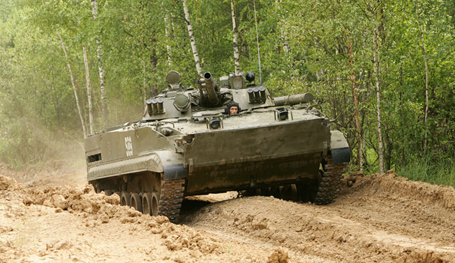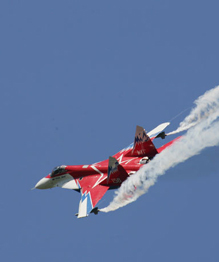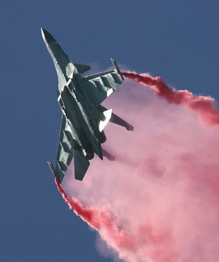Tactical Operational Missile Complex Tochka-U
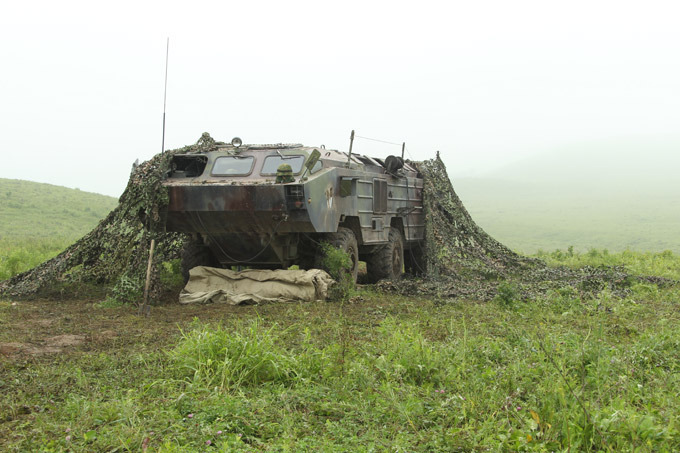
is a Soviet short-range tactical ballistic missile. Its GRAU designation is 9K79; its NATO reporting name is SS-21 Scarab. It is transported in a 9P129 vehicle, then erected vertically prior to launch. It uses an inertial guidance system. The OTR-21 forward deployment to GDR began in 1981, replacing the earlier FROG series of unguided ballistic missiles.
is a Soviet short-range tactical ballistic missile. Its GRAU designation is 9K79; its NATO reporting name is SS-21 Scarab. It is transported in a 9P129 vehicle, then erected vertically prior to launch. It uses an inertial guidance system. The OTR-21 forward deployment to GDR began in 1981, replacing the earlier FROG series of unguided ballistic missiles.

The OTR-21 is a mobile missile launch system, designed to be deployed along with other land combat units on the battlefield. While the FROG-7 is large and relatively inaccurate, the OTR-21 is much smaller. The missile itself can be used for precise strikes on enemy tactical targets, such as control posts, bridges, storage facilities, troop concentrations and airfields. The fragmentation warhead can be replaced with a nuclear, biological or chemical warhead. The solid propellant makes the missile easy to maintain and deploy.
The OTR-21 is a mobile missile launch system, designed to be deployed along with other land combat units on the battlefield. While the FROG-7 is large and relatively inaccurate, the OTR-21 is much smaller. The missile itself can be used for precise strikes on enemy tactical targets, such as control posts, bridges, storage facilities, troop concentrations and airfields. The fragmentation warhead can be replaced with a nuclear, biological or chemical warhead. The solid propellant makes the missile easy to maintain and deploy.
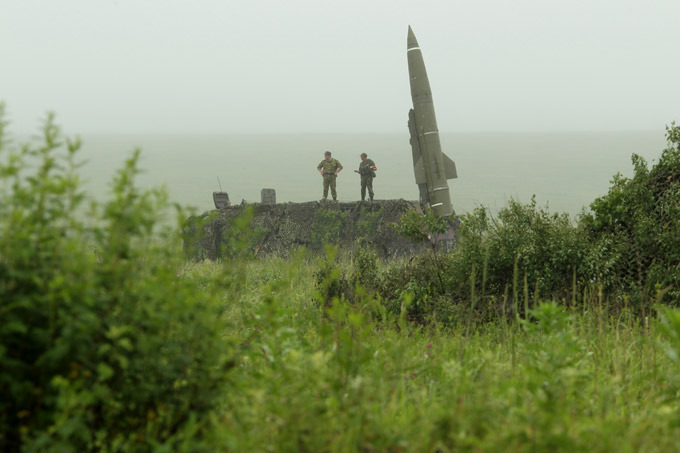
OTR-21 units are usually managed in a brigade structure. There are 18 launchers in a brigade; each launcher is provided with 2 or 3 missiles. The vehicle is completely amphibious, with a maximum road speed of 60 km/h (37 mph) and 8 km/h (5.0 mph) in water. It is NBC-protected. The system has been in development since 1968. Three variants have been created.
OTR-21 units are usually managed in a brigade structure. There are 18 launchers in a brigade; each launcher is provided with 2 or 3 missiles. The vehicle is completely amphibious, with a maximum road speed of 60 km/h (37 mph) and 8 km/h (5.0 mph) in water. It is NBC-protected. The system has been in development since 1968. Three variants have been created.
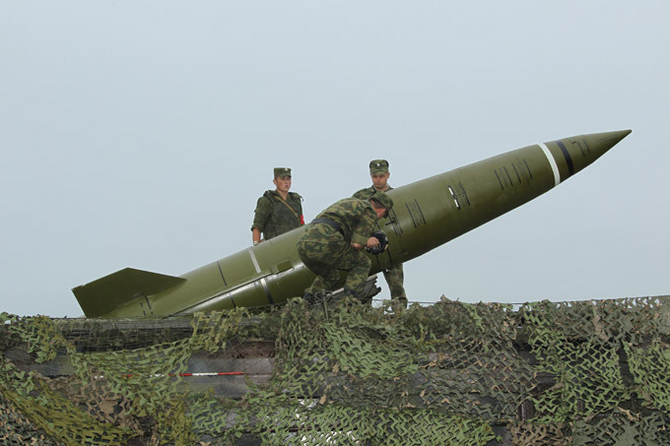
At least 15 Tochka missiles were deployed by Russian forces from August 8–11 during the 2008 South Ossetia war

North Korea is known to have developed a local variant, the KN-02 Toksa (Viper), by reverse-engineering Syrian-supplied Scarab A missiles. The Toksa has a range of 120 - 140 kilometers, and it is the most accurate ballistic missile in KPA's inventory to date.
North Korea is known to have developed a local variant, the KN-02 Toksa (Viper), by reverse-engineering Syrian-supplied Scarab A missiles. The Toksa has a range of 120 - 140 kilometers, and it is the most accurate ballistic missile in KPA's inventory to date.
